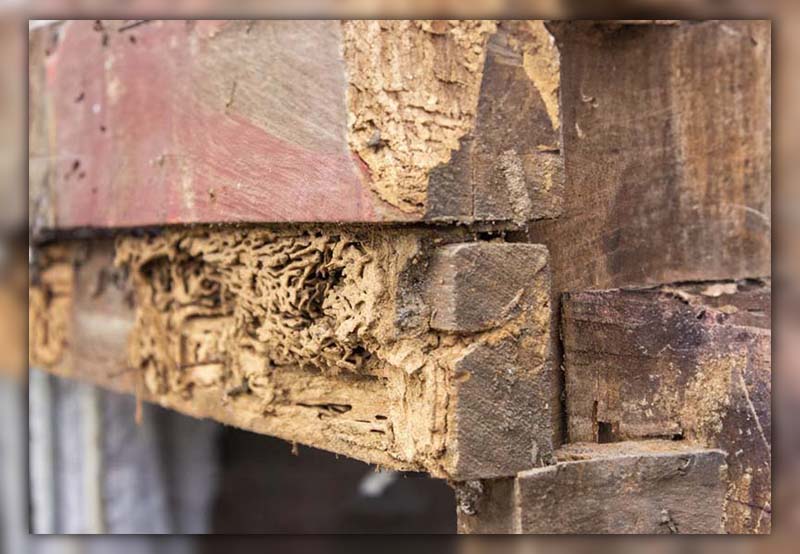Does termite damaged wood need to be removed? Discover essential steps and expert advice for preserving your home’s integrity.
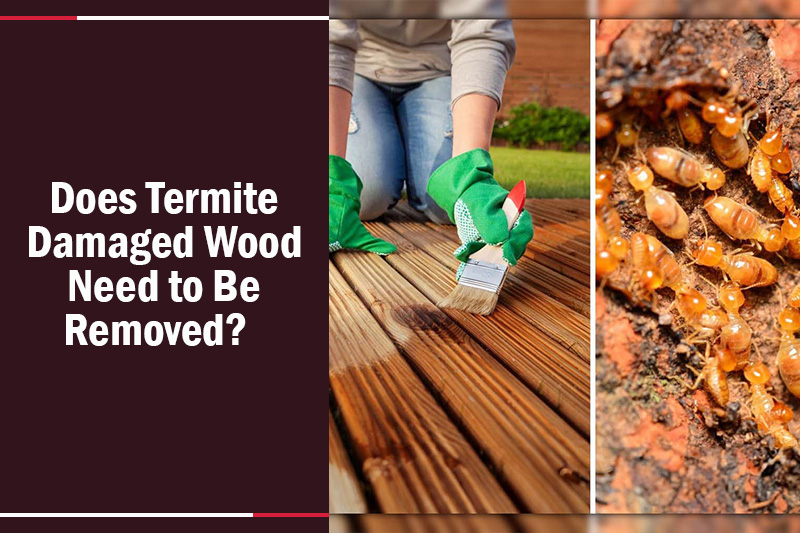
1. Does Termite Damaged Wood Need to be Removed?
If termites have significantly damaged wood, removal is crucial.
This is particularly critical if termites have penetrated structural parts of your house. In such instances, replacing the wood is advisable for safety.
However, if the damage is superficial, cleaning the area and reinforcing the wood with specific treatments may suffice.
2. What to do With Termite Infested Wood?
When dealing with termite-infested wood, the approach depends on the extent of the damage. Here’s a simplified guide:
Minor Damage
If termites haven’t gone deep, fix small damages with glue and wood sealers.
Clean the area well, check for more damage, and then use wood hardeners and sealant on the affected spot and nearby wood.
Moderate Damage
If termites have dug deeper, you might find rotten areas. Remove this bad wood to see how bad it is. For these areas, take out the rotten parts, smooth it down, and fill holes with wood hardener and sealant.
If the damage is bigger, you can either reinforce it with new wood or replace the damaged part. For hardwood floors, it’s often best to replace damaged beams and match the new ones with the old floor’s look.
Extensive Damage
When damage is widespread, it’s safest to get a professional. If you decide to do it yourself, check how much damage there is and add support beams where needed.
If the damage affects areas that hold up weight, like ceilings or support beams, they’ll need extra support during repair.
3. How to Termite Proof Wood
To make wood resistant to termites, there are several effective methods:
Opt for Pressure-treated Wood
For constructing fences, outdoor furniture, or repairing your house’s exterior, consider using pre-treated wood. Pressure-treated pine is a favored option. This process involves forcing a chemical preservative that contains insecticide into the wood.
Common chemicals used for this are copper boron azole (CBA) and alkaline copper quaternary (ACQ). While treated wood doesn’t offer total protection against termites, it greatly lowers the risk.
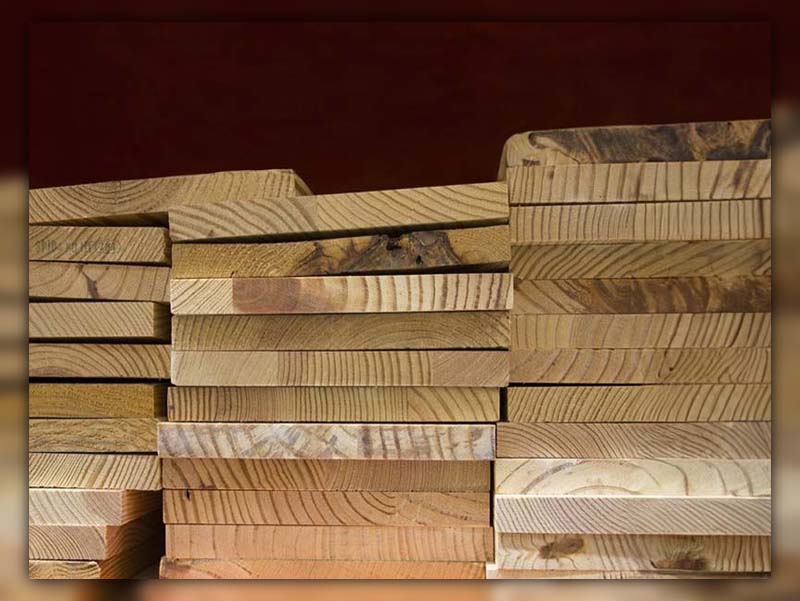
Choose Wood With Natural Termite Resistance
Certain types of wood naturally repel termites. Cedar and redwood are great choices for outdoor use because they have natural substances that deter insects.
These are especially good if you need to place wood close to the ground. Another good option is teak, which is dense and hard for termites to chew through.
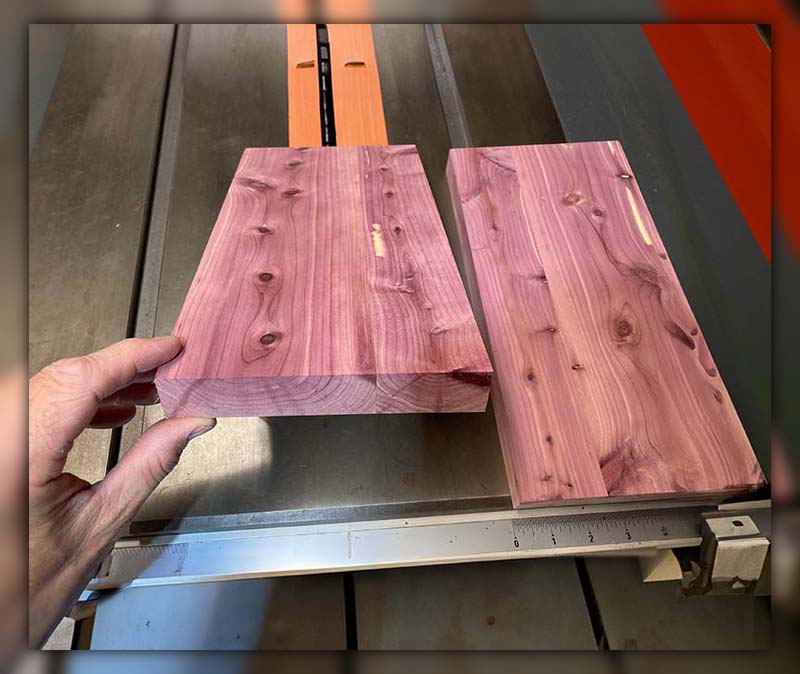
Seal Existing Wood to Prevent Termite Infestation
To further protect wood from termites, apply a sealer. Sealing helps prevent water damage, which can weaken wood and make it more attractive to termites.
By sealing wood, you add an extra layer of defense against these pests.
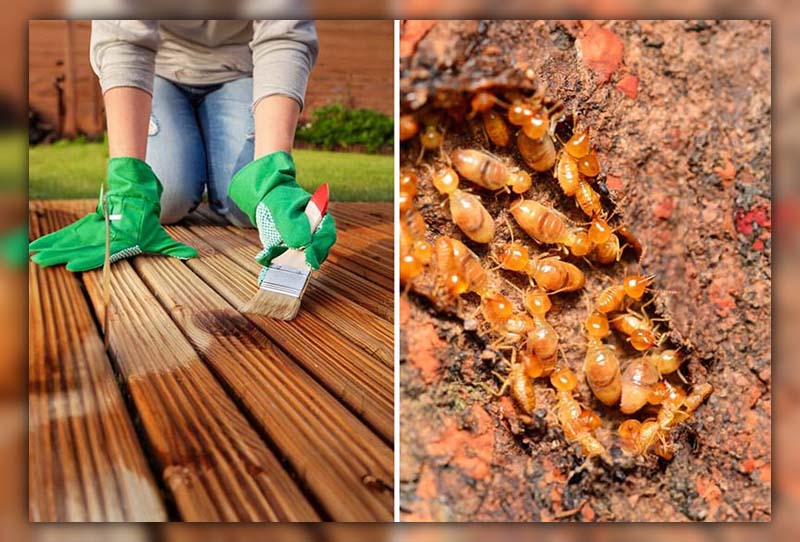
Conclusion
In conclusion, answering “Does termite damaged wood need to be removed?” is crucial for your home’s health and safety. We’ve discussed important considerations and offered practical advice for informed decision-making.
For further guides and tips on pest control, explore additional blogs from Pestweek.

Calina Mabel has over 15 years of experience in the field of journalism and communications. Currently, Calina Mabel is the Content Writer for categories such as Cockroach, Ants, Bed Bugs, Mosquito, Rodent, Termite, and Flies on Pestweek.com. She aims to build content for these categories with a focus on providing valuable and accessible information to readers, in order to create the world’s largest knowledge community about Pests.
All content written by Calina Mabel has been reviewed by Emily Carter.


